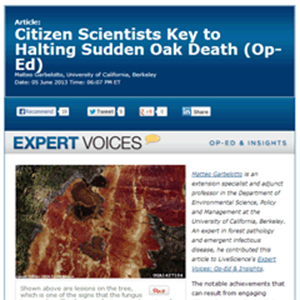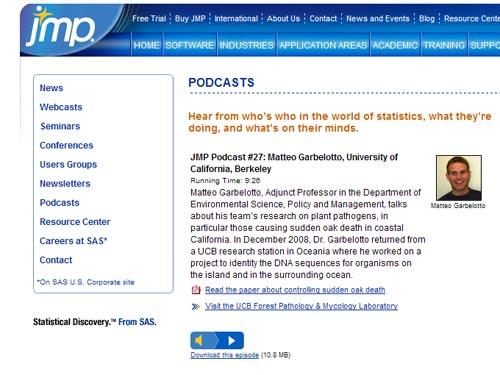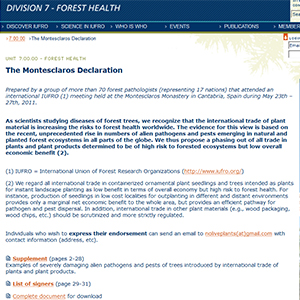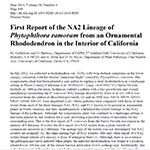Citizen Scientists: As Good As Gold


This beautiful mushroom, the rosy bonnet (Mycena rosea), collected and described by amateur mycologist Giovanni Robich, is vouchered in the herbarium of the Museum of Natural History of Venice, Italy. In fact, the entire herbarium is curated by expert volunteers. UC Berkeley, NCBI, and CBS researchers have sequenced a DNA barcode for most species in the museum and have devised an approach to test the validity of the taxonomy curated by volunteers, showing these volunteers perform as academic researchers.














